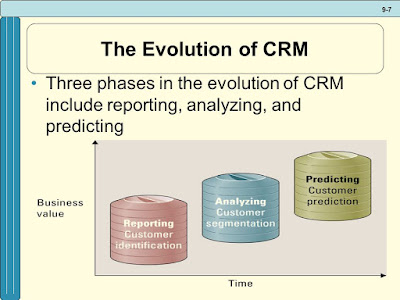CHAPTER 7 (MGT300)
Storing Organizational
Information- Databases
- · Database- maintains information about various types of objects, events, people and places
- · Database models include:
-
Hierarchical database model- information is organized into
tree-like structure
-
Network database model- a flexible way of repsenting
objects and their relationships
-
Relational database model- stores information in the form of
logically related two-dimensional tables
Entities and Attributes
- · Entity- a person, place, thing, transaction or event about which information is stored
- · Attributes (fields, columns)- characteristics or properties of an entity class
Keys and Relationships
- · Primary keys and foreign keys identify the various entity classes (tables) in the database
-
Primary key- a field that uniquely identifies
a given entity in a table
-
Foreign key- a primary key of one table that
appears an attributes in another table and acts to provide a logical
relationship among the two tables
-
Gambar
- · Database advantages from a business perspectives include
-
Increased
flexibility
-
Increased
scalability and performance
-
Reduced
information redundancy
-
Increased
information integrity
-
Increased
information security
Database Management Systems
DATA-DRIVEN WEB SITES
- · An interactive web site kept constantly updated and relevant to the needs of its customers through the use of a database
- · Data-Driven Web Site Business Advantage:
-
Development
-
Content
management
-
Future
expandability
-
Minimizing
human error
-
Cutting
production and update cost
-
More
efficient
-
Improved
Stability
Data-Driven Business Intelligence
Integrating Information among
Multiple Databases
- · Integration- allows separate systems to communicate directly with each other
-
Forward
integration- all information flows forward along the business process
-
Backward
integration- all information flows backward along the business process
- · Without integration, an organization will:
-
Spend
considerable time entering the same info in multiple system
-
Suffer
from the low quality and inconsistency typically embedded in redundant info.








Comments
Post a Comment